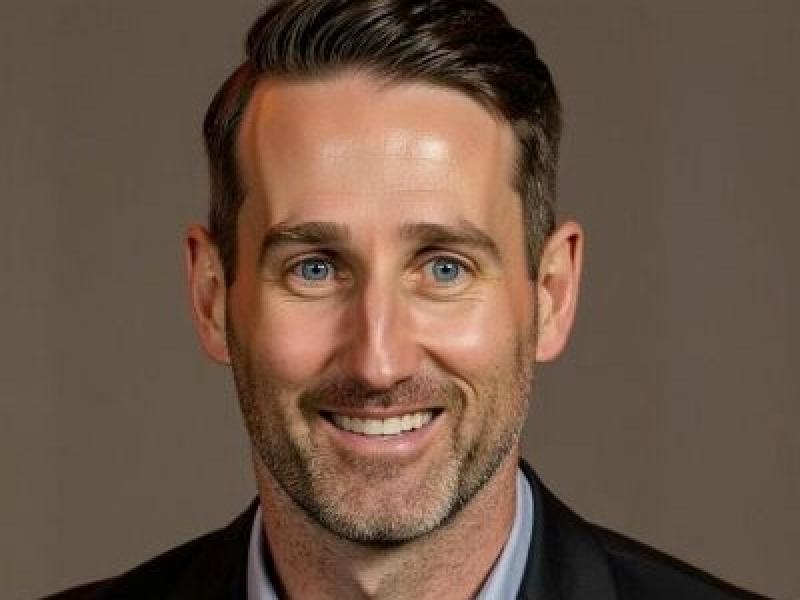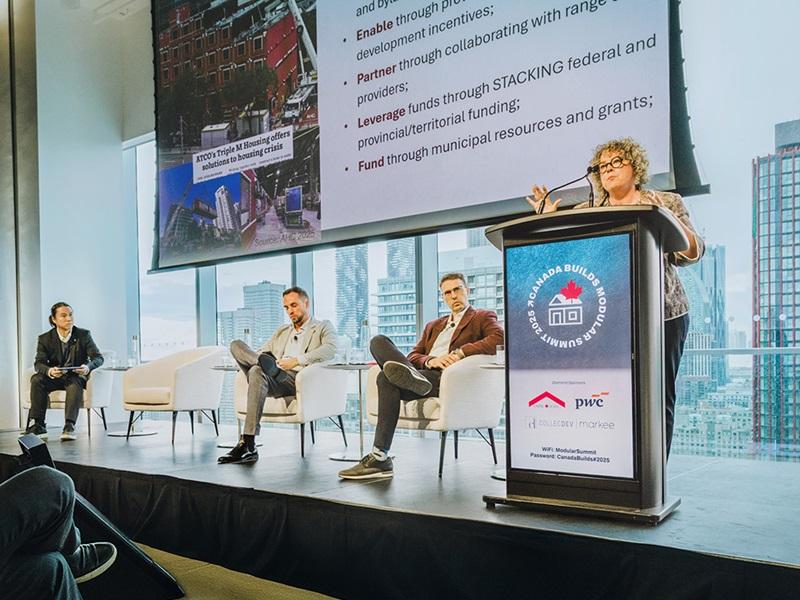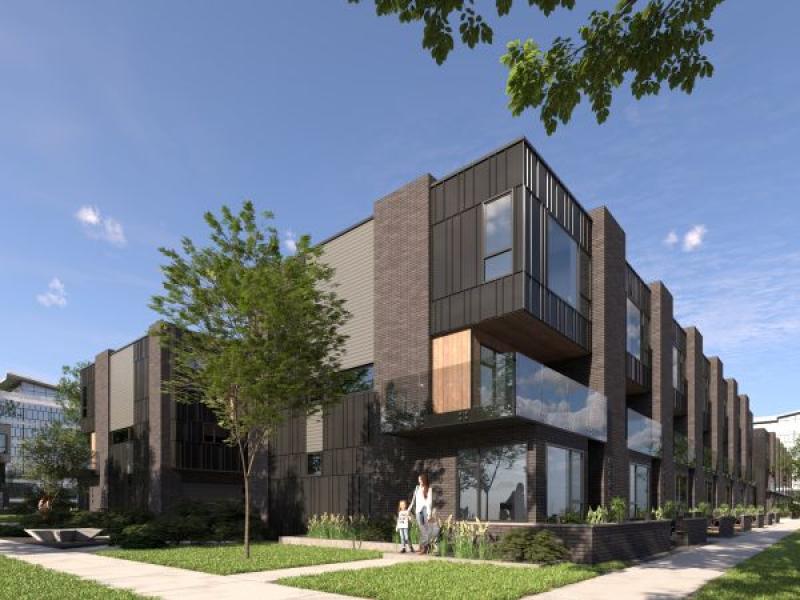
Creating sustainable housing reduces long-term costs for buyers and ensures builders stay ahead of ever-changing green building regulations, according to Sterling Homes' Kelly Williams, the inaugural Built Green Canada Ambassador Maverick award winner.
In an interview with RENX Homes, the design and sustainability manager of Sterling Homes Edmonton said sustainable homes will be “more topical, more important because of the changes to the building code and climate change,” pushing the homebuilding industry to greener practices.
Her initiative in preparing Sterling Homes for this transition is embodied by pushing for certification with the non-profit Built Green Canada organization. The Ambassador Maverick award recognizes individuals in Canada's homebuilding industry leading the transition to sustainability.
From its approach to home design to how it engages with trades and suppliers, Sterling Homes has undergone significant change.
“It really does take the entire team at Sterling to move the needle,” Williams said. “All of our field staff, all of our office staff, all of our trades and suppliers that work with us. They all play a part in these certifications that we’ve been getting with Built Green.”
Getting Sterling to Built Green standards
Sterling Homes is a division of Qualico Inc., a Winnipeg-based construction firm. Most of its projects are single-family homes, with some duplexes and townhomes under its belt. Sterling Homes builds in Alberta across locations such as the Edmonton area, Stony Plain, Fort Saskatchewan and Sherwood Park.
Described as a “high-volume builder” by Williams, Sterling Homes finishes between 300 to 400 homes per year, she said.
Williams joined Sterling Homes in 2015 as a drafting manager, and has worked in residential construction for over 30 years. Since graduating from Northern Alberta Institute of Technology in the architectural technology program, she held roles in architecture and as a manager of a truss department.
She leads a team of architectural technologists who design homes and process customer files from the permitting stage to construction. Another key duty is leading its Built Green program to certify Sterling’s homes.
The impetus to get involved with Built Green came from Sterling Homes recognizing its strength in air tightness.
“We thought, ‘Hey, we need to take advantage of the quality of the build that we’re producing.’ Basically, get that message out to our buyers . . . It was also for us to get on this stepping stone towards net-zero,” she recalled.
Sterling Homes was also mindful of adapting to impending changes to the National Building Code of Canada, including an amendment requiring net-zero-energy-ready homes by 2030.
There is also a personal touch. The work to be integrated with Built Green, which she called “my baby,” aligns with her passion for the environment.
How Sterling builds sustainably
Adhering to Built Green standards means Sterling Homes considers factors such as the energy efficiency and envelope of its homes; the orientation of the buildings; water use; the amount of recycled content in the building materials; air quality; and building practices.
Insulation was initially identified as an area where Sterling Homes could improve the envelopes of its homes, Williams said. To address this, the company ensured its trades and suppliers paid additional attention to air tightness.
Maintaining economic viability and environmental sustainability made Sterling Homes consider the return on investment of its changes. Sealing a house tight to minimize heat loss has a high return for “basically (costing) us nothing” Williams said, so Sterling Homes emphasized closing air-seeping gaps in its projects.
This can include a number of steps, including not penetrating the second floor of the envelope unless necessary, and spray foaming the rim joist around the floor system.
Sterling also offers Energy Star-rated appliances in its homes.
In 2023, Sterling Homes certified 180 of its projects under Built Green Canada, and approximately 85 per cent of its homes are at the gold or platinum level.
So far this year, Sterling Homes has built 20 to 30 single-family homes in Edmonton at Built Green platinum standards.
Greenhouse gas emissions from Sterling’s homes decreased from 2022 to 2023, according to the company’s website. Williams said emissions from its homes fell by an average of one tonne over the past year. On average, the homes were 18 per cent more energy efficient than the national building code in 2023, it adds.
Sustainable homes reduce operational costs by hundreds of dollars per year and can enable qualification for thousands of dollars in mortgage rebates, Williams explained.
Built Green commemorates Williams
Jenifer Christenson, the CEO of Built Green Canada, said in an email exchange with Renx Homes Williams earned the Maverick Award for “systematically (pursuing) improved sustainability practices.”
Her initiative in spearheading the Built Green programs, engaging all of Sterling’s departments, motivating its trades and suppliers, and implementing regular meetings to review sustainability metrics are cited as reasons for naming her the winner.
By recognizing Williams, Christenson said Built Green Canada hopes it will encourage the “industry to reflect upon their own practices and continue to take steps to progress.”
Sterling Homes' R&D net-zero project
Next for Sterling Homes is building a net-zero-ready project certified by Built Green Canada and the Canadian Home Builders' Association. The research project will test features such as solar-panel integration, an air-source heat pump, a wall assembly with a high R-value and tight sealing.
Air-source heat pumps are a technology Williams expects to catch on in Alberta, despite the cold climate holding back mass adoption. Another innovation she is keenly watching out for is windows with improved R-value (insulation) and solar heat gain.
Williams recommended more government incentives for sustainable single-family homes, as sustainability can be a “hard sell” in Alberta. She also urged more innovation in sustainable HVAC and plumbing, which she believes will require more builders demanding these types of products for their homes.










